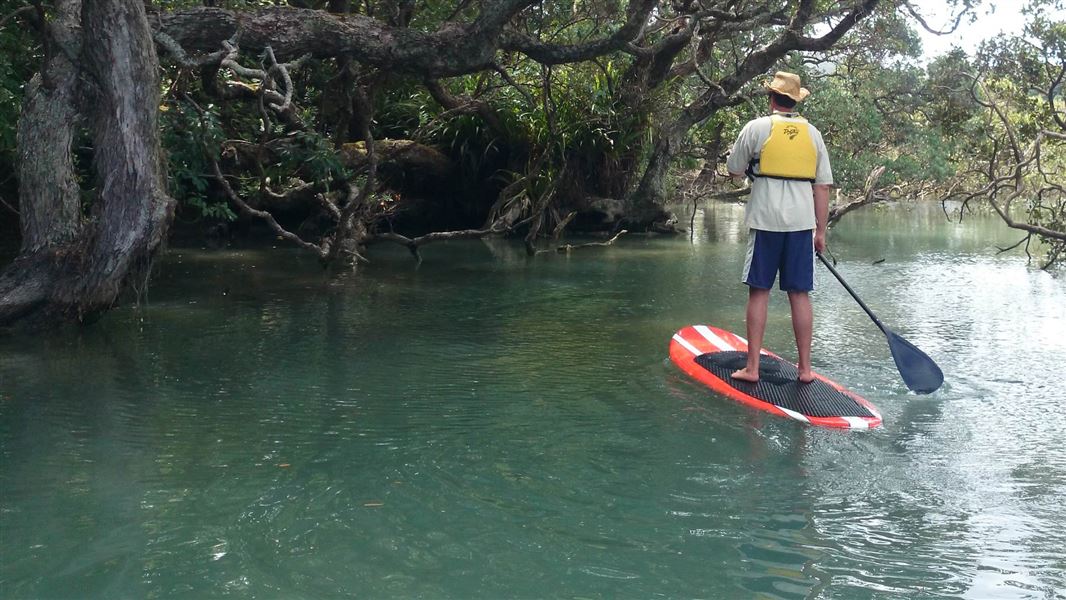
Located in the Auckland region
Introduction
Te Matuku Marine Reserve protects one of Waiheke Island's largest and least disturbed estuaries, along with an area outside Te Matuku Bay in the Waiheke Channel.The marine reserve was established in 2005 and is 613 hectares.